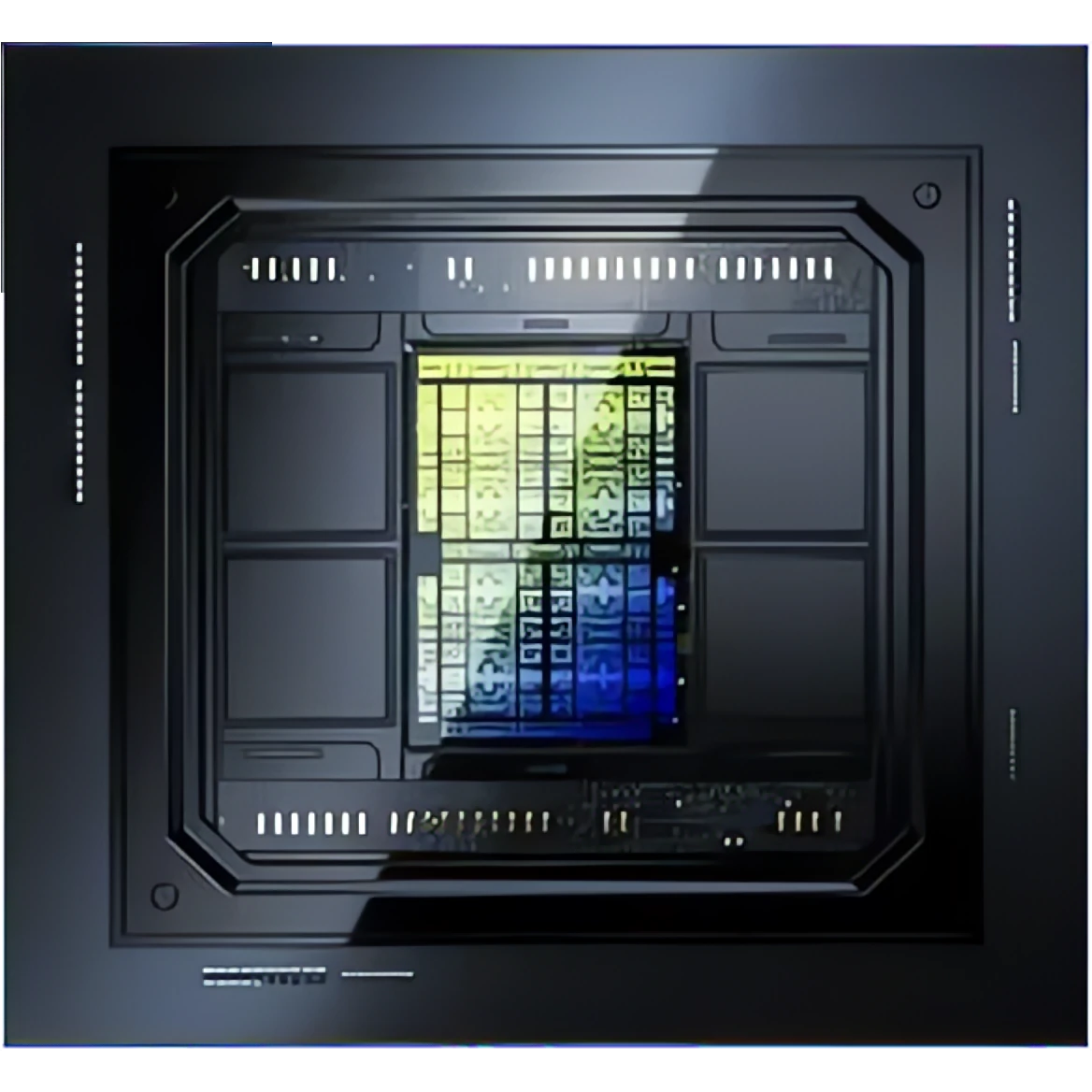Recogni has renamed itself Tensordyne. The new brand reflects its shift from AI chips (NPUs) for image recognition and other vision inferencing to systems for generative AI. Along with this shift, the company’s target market has changed from automotive to data-center designs. The company’s foundational technology is a proprietary data format and number system it calls Pareto, which reduces power—a key consideration in data-center design—by computing in the logarithmic domain.
Log, Log, Log!
Multiply-accumulate operations are at the heart of neural-network computations. Multiplication translates to addition in the log domain, and adder circuits are smaller and less power-hungry than multipliers. Tensordyne’s technology, therefore, reduces chip area and power. Addition, however, becomes more complicated. To handle it efficiently, Pareto includes a method to approximate it. Tensordyne also implements a block format that is like standard microscaling formats, such as 4-bit floating point (FP4), in which a group of data shares a scaling factor. The company’s approach automatically and dynamically computes the factor. Pareto also supports various precisions to balance data storage and accuracy.
A New NPU and System Are Coming
Tensordyne is developing a new AI accelerator to address the data center. Whereas its auto-targeted NPU operated independently, the fresh design will integrate high-speed interfaces for chip-to-chip communication. The automotive product relied only on internal memory, while the new one will have HBM in package. The company is developing a rack-scale system integrating 144 of these NPUs. It will require about as much power as today’s AI systems. However, because power is distributed among more NPUs, thermal density will be lower, obviating liquid cooling.
Enablement
Software support will include PyTorch and Triton. Low-level programming will be possible through Python. Hugging Face will host the company’s model zoo. Tensordyne’s development tools will automate the quantization and conversion of a standard neural network to run on its chip, but optimized models from the zoo should reduce time to market.
Bottom Line
Power has become the metric for data-center size, transcending square feet and FLOPS. Meanwhile, NPU/GPU alternatives have barely dented Nvidia’s dominance. The challenge with any NPU, particularly one employing a novel number system, is software and model availability. Tensordyne (née Recogni) expects to release systems to beta testers next year and has hyperscalers and neo-cloud companies lined up. If the company can improve power efficiency by 3×, it will make a strong argument for adopting its technology.

